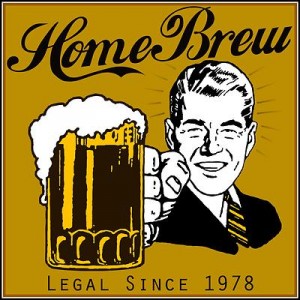 A slanted and endless survey of what’s pouring in Oshkosh, tallied one beer at a time.
A slanted and endless survey of what’s pouring in Oshkosh, tallied one beer at a time.What: Strawberry Rhubarb Ale, the latest fruit beer from New Glarus Brewing.
Where: Gardina's Wine Bar & Cafe in the packaged beer department where they’re selling it in 25oz, waxed-dipped, green bottles.
Why: Because even if don’t find most fruit beers especially thrilling, this is one you should a dip into. Here’s what it’s like: you ever had one of those Creme Savers Strawberry & Creme hard candies? We’ll it’s like a liquid version of that with just enough tartness from the rhubarb whistling in at the end to make it quenching and refreshing. It pours out to a murky puree of pink with just enough effervescence popping up from the bottom to make it appear not entirely off-putting. In the glass, this ain’t a pretty beer. The aroma is beautiful, though, with strawberries and creme flowing up in droves. The beer is soft and sweet, but its overt creaminess is kept in check by the tart of the rhubarb. This is an ideal summer dessert beer. The ABV isn’t listed on the bottle, but I’m guessing it falls under 5%.
While you’re there: step up to the bar at Gardina’s and check out the Hottenroth Berliner Weisse from the Bruery. This is a wonderfully drinkable German-style Berliner Weisse that delivers a firm jolt of sourness. The beer hits all the marks style wise; from it tangy lemon nose to is puckering finish. They even get the wee ABV of 3.1% right. They’re serving it on draught at Gardina’s. If you’re into sour, this will please you to no end.




